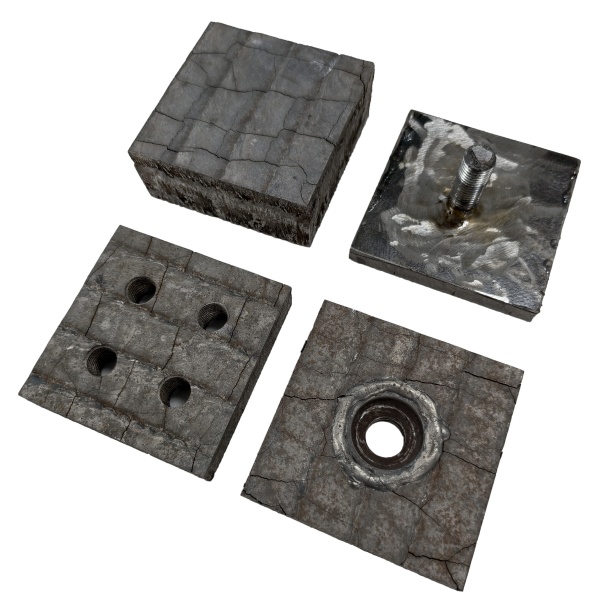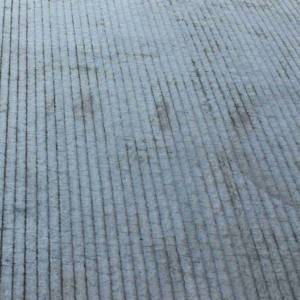Bimetal Anti-Wear 5+5 Chromium Carbide Overlay Wear Plate
Technical parameters
Surface hardness: HRC 58-65
Alloy composition:
C: 3-5%
Cr: 18-30%
Customizable thickness: base plate 2-50MM, cladding layer 2-50MM

How does the Cr and C content affect the wear resistance of wear-resistant plates?
Carbon is the core element for forming carbides. In the presence of Cr, carbon combines with chromium to form chromium carbides (Cr₇C₃, Cr₃C₂, etc.). The higher the carbon content, the richer the carbide content, thereby improving the material's overall hardness and wear resistance.
Chromium is a key element for the formation of stable hard carbides, and also has good high-temperature stability and oxidation resistance. In a high-Cr system, chromium carbide crystals grow columnar and are arranged perpendicular to the wear direction, which helps to resist scratches and impact wear. In addition, Cr can also play a role in grain refinement in the weld and improve the density of the organization.
In the design, the Cr content is usually controlled at 18%~30%, and the C content is between 3%~5%. This ratio can form a large amount of evenly distributed Cr₇C₃ type carbides with high hardness and low friction coefficient, effectively improving the material's service life under high-pressure and high-impact conditions.









